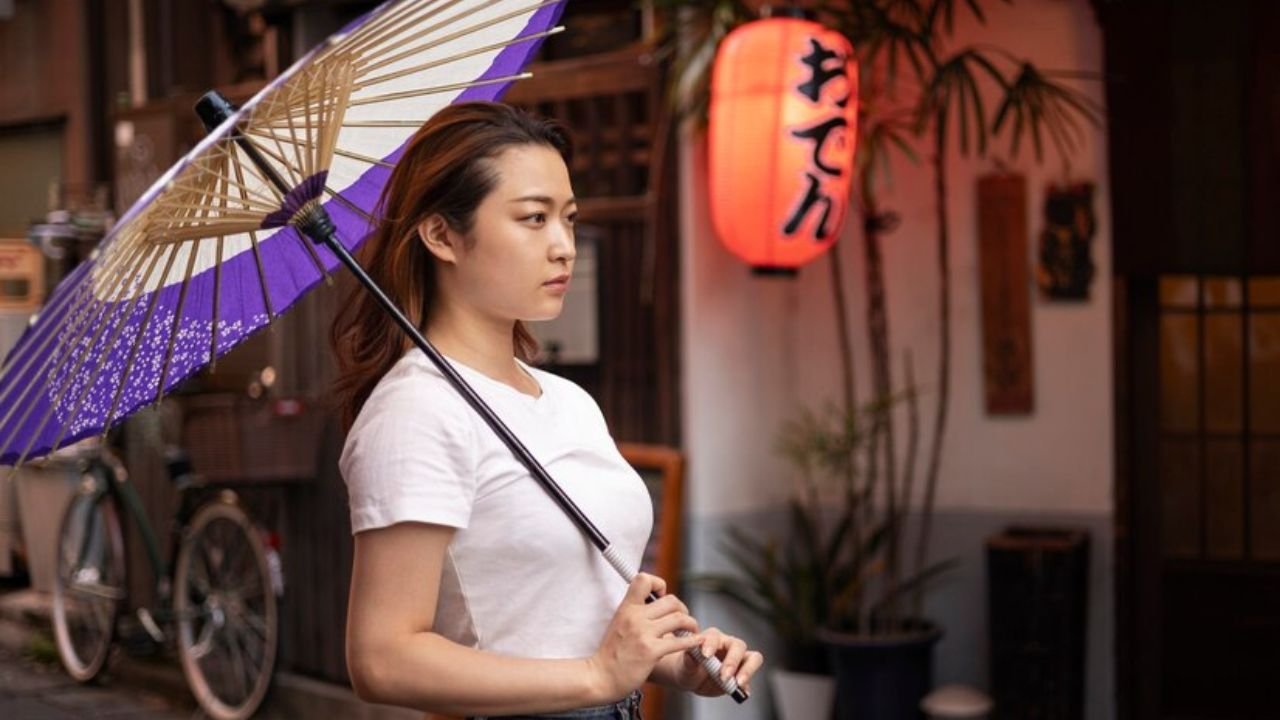Step into the world of mystery, grace, and tradition as we delve into the captivating realm of Geisha. These iconic figures have long fascinated people around the globe with their enigmatic allure and exquisite artistry. Join us on a journey to unravel the myths, realities, controversies, and evolution surrounding the timeless legacy of Geisha in Japanese culture. Get ready to explore beyond the surface and discover whether these enigmatic performers are truly guardians of tradition or glamorized entertainers.
The History of Geisha
The history of Geisha dates back to the 18th century in Japan, where they emerged as skilled entertainers trained in various arts such as dance, music, and conversation. Originally male performers called “Taikomochi” entertained guests with their wit and charm until females took over this role.
Over time, female Geisha became prominent for their refined talents and cultural significance. They embodied sophistication and elegance in a society that valued etiquette and grace. Geisha houses or “okiya” served as training grounds for young girls aspiring to become Geisha.
Geisha were more than just performers; they were also confidantes, skilled conversationalists, and experts in traditional Japanese arts. While often mistaken for courtesans or prostitutes due to misconceptions perpetuated by popular culture, Geisha actually upheld strict codes of conduct centered around professionalism and artistry.
Misconceptions about Geisha
When it comes to Geisha, there are often misconceptions that cloud the true essence of this traditional Japanese art form. One common misunderstanding is equating Geisha with courtesans or prostitutes. In reality, Geisha are highly skilled entertainers trained in various traditional arts such as dance, music, and tea ceremony.
Another misconception is that Geisha exist solely for the pleasure of men. While they do entertain male clientele at exclusive gatherings called ochaya. Their primary role is to preserve and showcase Japanese culture through their performances and interactions.
It’s also inaccurate to assume that becoming a Geisha involves coercion or exploitation. In fact, young women who choose this path undergo rigorous training and willingly dedicate themselves to mastering the intricate skills required for their profession.
By debunking these misconceptions, we can truly appreciate the dedication and artistry of Geisha in upholding Japan’s rich cultural heritage.
Traditional Training and Lifestyle of a Geisha
The traditional training and lifestyle of a geisha’s are deeply rooted in Japanese culture, dating back centuries. Young girls aspiring to become geisha’s undergo rigorous training starting at a tender age. They learn various traditional arts such as dance, music, tea ceremonies, and the art of conversation.
This intense training shapes not just their skills but also their demeanor and grace. The life of a geisha’s is one of discipline, dedication, and attention to detail. They must embody elegance in every movement and interaction.
The lifestyle of a geisha’s is both demanding yet rewarding, requiring them to strike a balance between tradition and modernity while upholding the essence of Japanese culture with each graceful gesture they make.
The Role of Geisha in Japanese Culture and Society
The role of geisha’s in Japanese culture and society is one that carries a rich history and significance. These skilled entertainers are not just performers, but also symbolize elegance, grace, and tradition. geisha’s play a vital role in preserving traditional arts like dance, music, and tea ceremonies that date back centuries.
Beyond their artistic talents, geisha’s act as cultural ambassadors embodying the essence of Japanese hospitality. They provide a unique form of entertainment for guests through conversation, games, and performances. It’s important to recognize the dedication and discipline required to become a geisha’s – mastering various art forms while upholding strict etiquette and grooming standards.
In modern times, the role of geisha’s has evolved to adapt to changing societal norms while still maintaining their cultural heritage. Despite facing challenges in a rapidly modernizing world, geisha’s continue to captivate audiences with their artistry and grace.
Controversies Surrounding the Geisha Profession
The geisha’s profession has long been shrouded in controversy, with perceptions ranging from admiration to misunderstanding. One of the primary controversies is the misconception that Geishas are akin to modern-day escorts or prostitutes. Which couldn’t be further from the truth. Despite these controversies, one cannot deny the undeniable beauty and skill showcased by Geishas throughout history.
Modern Adaptations and Changes in the Geisha World
In the modern era, the world of geisha’s has undergone significant adaptations and changes to stay relevant in a rapidly evolving society. Geisha’s today are not just confined to traditional entertainment venues but can also be found participating in various cultural events, fashion shows, and even international performances.
Furthermore, some geisha’s have diversified their skills beyond traditional arts by incorporating elements of modern music or dance into their repertoire. This fusion of tradition with contemporary influences reflects the resilience and adaptability of geisha’s in embracing change while preserving their cultural heritage.
These modern adaptations highlight how geisha’s continue to captivate audiences worldwide with their timeless grace and elegance.
Conclusion: Appreciating the Artistry and Legacy of Geisha
In exploring the intricate world of geisha, it becomes apparent that these iconic figures are far more than just performers. They serve as custodians of Japan’s rich cultural heritage, embodying grace, artistry, and tradition in a way that captivates audiences worldwide.
As we appreciate the artistry and legacy of geisha’s, let us remember not only their captivating performances but also the depth of skill and dedication required to master their craft. Through understanding and respect for these cultural icons. We can ensure that the beauty and tradition they represent will continue to flourish for generations to come.





